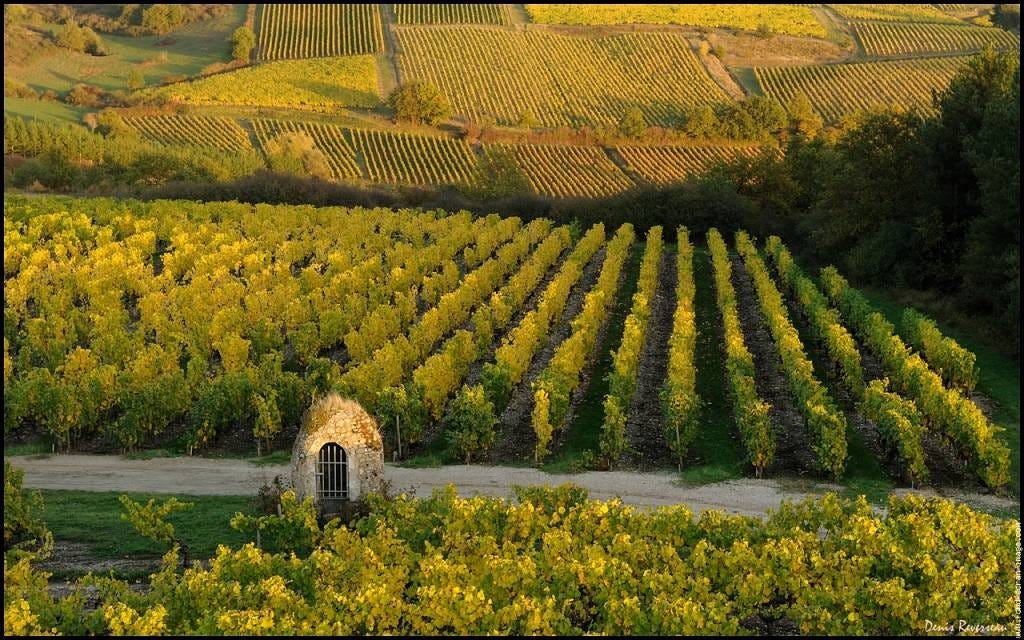💪 Warm up time
SWOT-type of questions have appeared in almost every single seating of D3 exams in the Diploma reformed in 2019. It’s fair to say that if you could smash SWOT questions, you’ve secured 20% of your theory success.
Out of the 84 past questions, here’s a breakdown of how many times each of the SWOT tenants have been featured:
Strengths Questions: 5
Weaknesses Questions: 4
Opportunities Questions: 2
Threats/Challenges Questions: 3
Let’s focus on opportunities and threats/challenges today, using Chenin Blanc as an example. Please consider the following points:
Climate change extremes: Natural acidity and hardiness are adaptable to increasingly erratic weather patterns
Competition from trendy varieties: Faces challenge from emerging varieties like Albariño and Grüner Veltliner
Emerging markets: Growing interest in diverse white wines in Asia and North America
Generational knowledge loss: Retirement of experienced growers without succession
Food trend alignment: Current culinary trends favour aromatic whites
Old vine resources: Significant old vine plantings in South Africa can be leveraged
Organic/biodynamic suitability: Strong performer in low-intervention viticulture
Price competition: Challenged by inexpensive, mass-produced Pinot Grigio and Sauvignon Blanc
The answer to this warm up question is at the end of today’s entry.
⏳ Past exam question
Question two from the October 2024 exam
Compare the production and resulting styles of Coteaux du Layon AOC and premium South African Chenin Blanc. (80%)
Comment on the challenges producers of these wines face in the marketplace. (20%)

💡 Examiner’s report
Today’s question is from the most recent exam. Of course we don’t have official feedback yet. Here are some related feedback to this question. © Wine & Spirit Education Trust
Structure your answer logically: The question has two clear parts (80% on production/styles and 20% on market challenges). Create a clear division in your answer to address each part with appropriate weighting. Examiners note that candidates who neglect weighted sections inevitably score poorly.
Use direct comparison rather than separate descriptions: When comparing regions or styles, address specific elements across both regions rather than describing each separately. This demonstrates higher analytical thinking. For example, don't discuss all aspects of Coteaux du Layon and then all aspects of South African Chenin separately.
Include specific examples: Examiners repeatedly mention that strong answers include specific producer names, sub-regions, and concrete examples. For instance, mention premier cru villages like Chaume and Quarts de Chaume for Coteaux du Layon, and producers like Alheit Vineyards or Ken Forrester for South Africa.
Quantify wherever possible: Previous examiners' reports emphasize the importance of including specific figures rather than general statements. Include yield figures (hl/ha), vine density, residual sugar levels, aging times, and other measurable aspects.
Link production methods to resulting styles: Don't just list production techniques; explain how each technique directly influences the style of wine. For example, explain how the late harvest and noble rot in Loire creates specific flavor profiles and why high acidity is crucial for the diverse styles of Chenin.
Address both quality levels within each region: Examiners noted in a previous Chenin Blanc question that candidates should discuss both premium and everyday examples from each region to show understanding of diversity (e.g., bulk Western Cape vs. premium Stellenbosch in South Africa).
For the market challenges section: Don't just focus on general wine market issues. Analyze specific challenges for these wine styles, such as declining sweet wine consumption affecting Coteaux du Layon and South Africa's historical bulk wine reputation affecting premium Chenin perception. Make sure to directly address the marketplace rather than production challenges.
🥁 Answer to today’s warm up question
Four opportunities
Climate change extremes: Natural acidity and hardiness are adaptable to increasingly erratic weather patterns
Competition from trendy varieties: Faces challenge from emerging varieties like Albariño and Grüner Veltliner
Emerging markets: Growing interest in diverse white wines in Asia and North America
Old vine resources: Significant old vine plantings in South Africa can be leveraged
Organic/biodynamic suitability: Strong performer in low-intervention viticulture
Four threats/challenges
Food trend alignment: Current culinary trends favour aromatic whites
Competition from trendy varieties: Faces challenge from emerging varieties like Albariño and Grüner Veltliner
Generational knowledge loss: Retirement of experienced growers without succession
Price competition: Challenged by inexpensive, mass-produced Pinot Grigio and Sauvignon Blanc
Some extra readings
Vin de France variety page for Chenin Blanc
The Drinks Business: Could climate change favour Chenin Blanc over Chardonnay?
Madeleine Stenwreth MW: Chenin Blanc will be the new Chardonnay









Love these articles! One quick question, you have the "competition from trendy varieties" listed twice. Can you explain it as an opportunity?